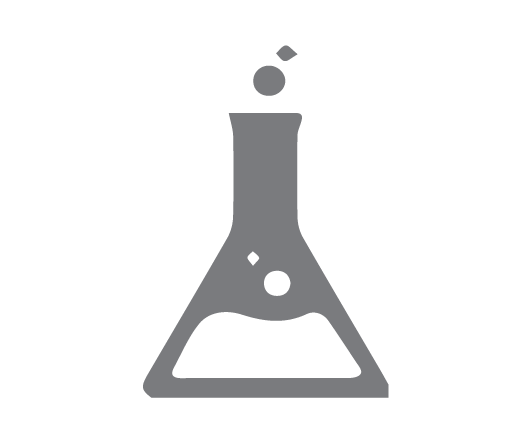Molecular Assembly and Disassembly: Photolabile Scaffolds for Molecular Recognition
The last twenty years in the chemical world have been saturated with the unrelenting quest to understand molecular recognition, especially in biological systems. Molecular recognition, although in many ways an old-fashioned term, is the most general. It describes both inter- and intramolecular interactions, and is a key
field in biological studies, especially protein folding and lock-and-key recognition theories. Dr. Kutateladze’s work has been primarily focused on the creation and development of molecules such as biological inhibitors that are cleavable and removable upon addition of light. His lecture initially addressed the individual building blocks of these photolabile molecules, which he called “scaffolds.” Then the actual types of scaffolds that are used for molecular assembly and disassembly were addressed.
Dr. Kutateladze has been primarily using 1,3-dithianes complexed with lithium as initial building blocks and linkers between more complex components. N-butyl lithium mixed with a 1,3-dithiane produces a lithiated dithiane, with the Li at the 2 position. This compound reacts with a ketone or aldehyde and joins the two at the carbonyl carbon, reducing the carbonyl carbon to alcohol level; this result is often called a Corey–Seebach compound. This molecule has unique electron communication between the electronegative components, i.e. the two sulfur atoms and the oxygen atom from the original carbonyl. Such communication is often cited when explaining the photolability of the molecule—that is, its tendency to cleave and return to reactants upon application of light energy.1
Such photolability is key when designing such molecules. Dr. Kutateladze has developed several scaffolds in his work with molecular recognition, and they all generally involve dithianes, trithianes, or bis-dithianes. These thiane molecules have proven to cleave very effectively upon application of light energy, and then can easily recombine to form the original molecule. Hence the wording “molecular assembly and disassembly.”2 This is useful, especially in biological systems where constant creation and degradation of enzymes and other structures are necessary.
Kutateladze’s approach is largely modular in nature, and thus it allows the creation of amines by addition of the lithiated dithiane to N-silylated benzaldimines. Various electrophiles are then added, which produces a variety of useful photolabile molecules. The approach also allows the combination of urea units with several other compounds. For example, urea units combined with crown-ethers allow complexation of alkali carboxylates.1
Much investigation has been done of the actual molecular recognition interactions. A moiety created by Kutateladze with bis-dithiane has been shown to interact with fullerene (C60) through (non-covalent) electrostatic interactions very similar to enzyme-substrate reactions in biological systems.2 This moiety, like all others created in this project, is photolabile, an ability to cleave which will make it and other such moieties removable—an invaluable characteristic of synthetic biological inhibitors. The current strategy to create more easily manipulative biofactors continues in the work of Dr. Andrei Kutateladze.
Literature Cited
Mitkin, O. D.; Kurchan, A. N.; Wan, Y.; Schiwal, B. F.; Kutateladze, A. G. Dithiane- and Trithiane-Based Photolabile Scaffolds for Molecular Recognition.
Org. Lett. 2001, 3(12), 1841-1844.
Wan, Y.; Mitkin, O.; Barnhurst, L.; Kurchan, A.; Kutateladze, A. Molecular Assembly and Disassembly: Novel Photolabile Molecular Hosts. Org. Lett. 2000, 2(24), 3817-3819.
